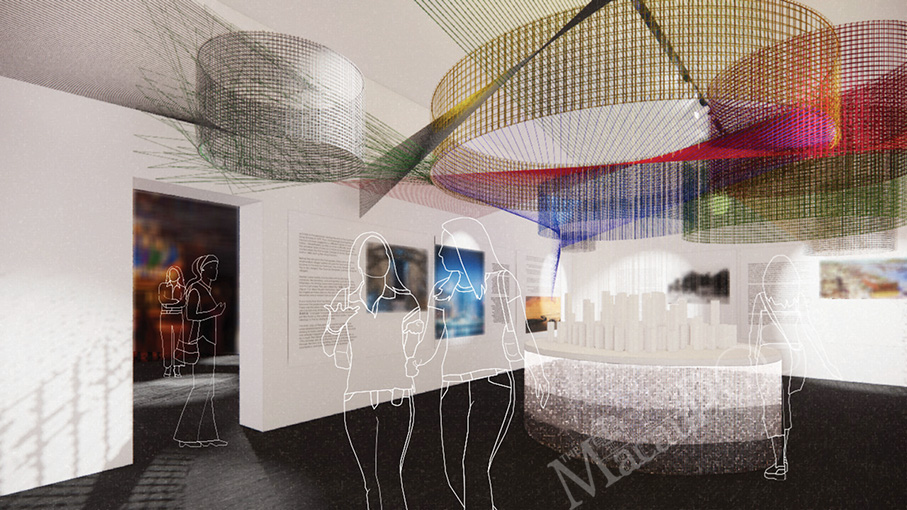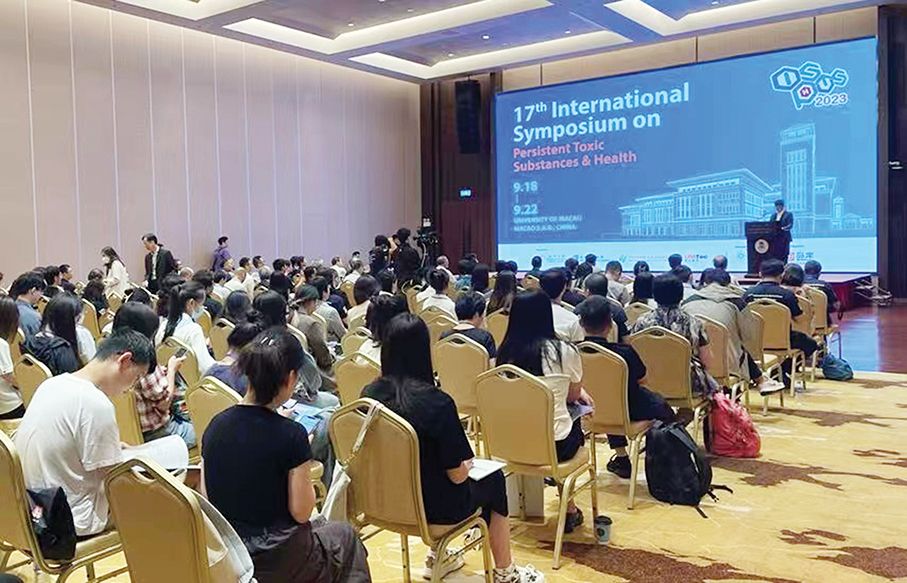The Cultural Affairs Bureau (IC) has announced the team and exhibition proposal for the “18th International Architecture Exhibition of La Biennale di Venezia – Collateral Event from Macao, China” in Venice, northeastern Italy, next May, according to a statement from the bureau yesterday.
Commonly used in the art world to refer to large-scale international contemporary art exhibitions, biennale is Italian for “biennial” or “every other year” and refers to any event that happens every two years.
The International Architecture Exhibition of La Biennale di Venezia, the statement noted, was founded in 1980 and is among today’s most important architectural events.
Under “Macao, China”, this is the fourth time that the bureau has organised the participation of Macau’s architectural sector and its representatives in the event since 2014.
The statement said that the organisers held the event’s open call for exhibition proposals to encourage Macau’s architectural talents to make “breakthrough innovations” and increase local and international exchanges in the industry.
With a jury committee which consisted of IC President Deland Leong Wai Man and four architects from Hong Kong and Macau, the Gold Prize was awarded to the proposal “RE-CALIBRATION – In Search of a New Critical Regionalism” by Jimmy Wardhana. It is the event’s theme and aims to explore Macau’s urban and architectural development.
Moreover, the proposal “Bamborella” by Alexandre Leong Marreiros was awarded the Silver Prize, while Sou Un Teng’s proposal “Earth Life: Separation and Convergence” won the Bronze Prize. No proposals were awarded merit awards, the statement said.
The winning team, which comprises curator Wardhana and members Christine Choi Wan Sun, Lin Ian Neng and Tong Tou U, will participate in the international architecture exhibition on the behest of Macau. All members have professional qualifications in architecture, according to the statement.
The statement added that the adjudicating panel deems that the proposal presents an “observation and reflection” on Macau’s history and stage of development, addressing the relationship between Macau and the proposal. The proposal uses “line” as an element to link Macau’s urban development and “create a spatial experience” and echoes the theme of the Biennale “The Laboratory of the Future”.

This undated image provided by the Cultural Affairs Bureau (IC) yesterday shows a concept drawing of the Gold-Prize winning proposal.






